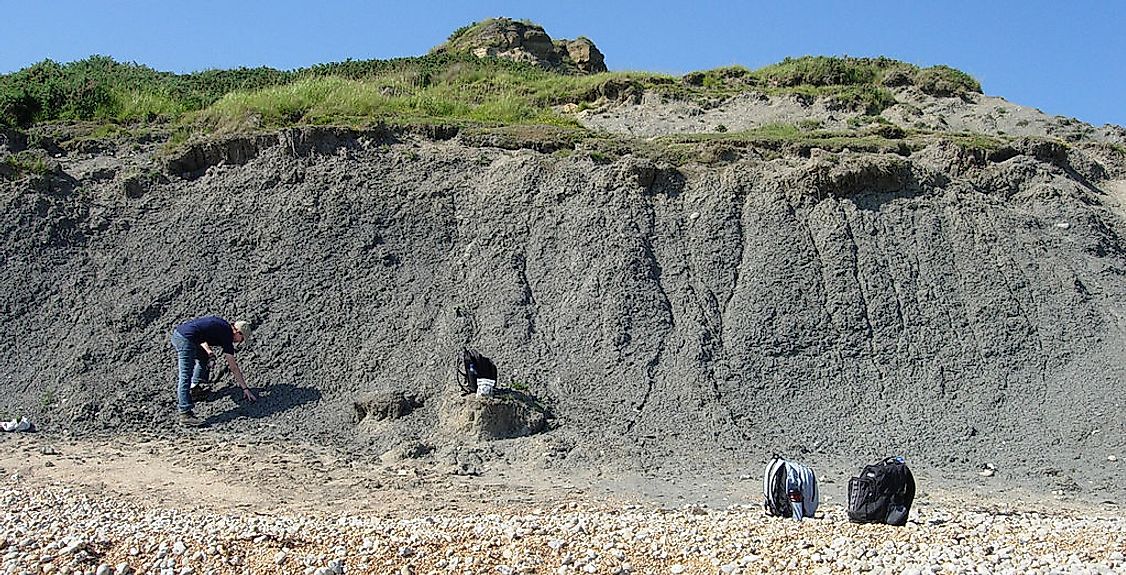Leading Exporters Of Clay

In general, clays come from a composition of minerals and water. The different types of clay contain different amounts of silica, alumina, and water. Historically, clay has been used to make shelter, pottery, flooring, and ancient tablets for writing. Industrial clay is classified into six types namely: kaolin, fuller’s earth, fire clay, common clay, bentonite, and ball clay. Non-kaolin clays are fireclays or ball clays that contain large particle sizes and exhibit more iron content. Its uses are for making furnace lining materials for refractories and bricks. Non-expanded clays mostly belong to the illite clay group of glauconite which is also rich in iron.
Major Exporters of Clay
About 99% of the majority of clays such as non-kaolin and non-expanded clays are processed at the mine site itself upon extraction. Clays are generally destined for commercial and industrial use with pottery representing only about 1% of it. Processing is done using a roller mill and a hammer mill. The roller mill process removes free moisture from clay while the hammer mill pulverizes the clay to remove outsized coarse clay. Shipment is decided by transportation costs, and exports of clay are done in bulk quantities. Aspects such as price, unsold cost, freight, insurance, and charges to export points are figured out.
The US and China are the leaders in the global non-kaolin and non-expanded clay export markets. Top country in the 2015 Non-Kaolin Clay Exports (USD) is the United States with export earnings reaching $381,121,000 USD. China is second, earning $256,399,000 USD in clay exports. Ukraine is third with clay export earnings of $181,387,000 USD. Germany is fourth in clay export earnings at $161,720,000 USD. Spain is fifth earning $94,269,000 USD in clay exports. India is sixth with clay export earnings totaling $78,081,000 USD. France is seventh with clay export earnings reaching $70,204,000 USD. The Netherlands is eighth with clay export earnings reaching $62,228,000 USD. Turkey is ninth with clay export earnings at $50,199,000 USD. Italy is tenth with clay export earnings at $39,539,000 USD.
Extraction and Uses of Clay
Non-expanded clays such as illite use K extraction which is done by leaching and equilibration. Another method is by non-equilibrium extraction. Non-kaolin clays such as fireclays are extracted by open-pit methods similar to opencast coal extraction. Fireclays are often found in coal pits and use the same extraction method.
Non-expanded and non-kaolin clays include mullite, kyanite, andalusite, chamotte, sillimanite, and dinas earths. These clays vary in commercial and industrial uses. Chamotte is material for pottery and sculpture. Sillimanite is used in metals, gems, glass, and ceramics. Mullite has uses in electronic components, high-performance ceramic, and electrical insulator. Kyanite is used in heat-resistant ceramic applications, abrasives, and electrical insulators. Andalusite is used for gems and refractories. Dinas earth is used in refractories, steel production, and carbon construction steels.
Leading Exporters Of Clay
| Rank | Country | 2015 Non-Kaolin Clay Exports (USD) |
|---|---|---|
| 1 | United States | $381,121,000 |
| 2 | China | $256,399,000 |
| 3 | Ukraine | $181,387,000 |
| 4 | Germany | $161,720,000 |
| 5 | Spain | $94,269,000 |
| 6 | India | $78,081,000 |
| 7 | France | $70,204,000 |
| 8 | Netherlands | $62,228,000 |
| 9 | Turkey | $50,199,000 |
| 10 | Italy | $39,539,000 |











